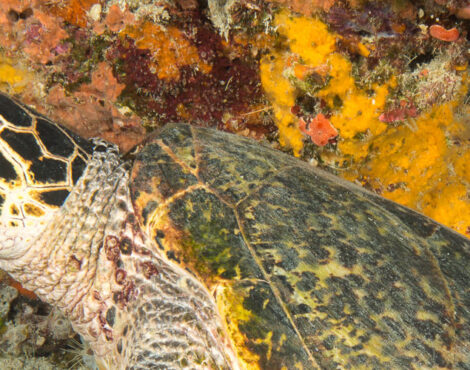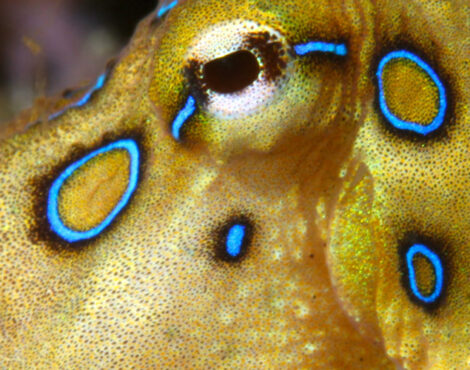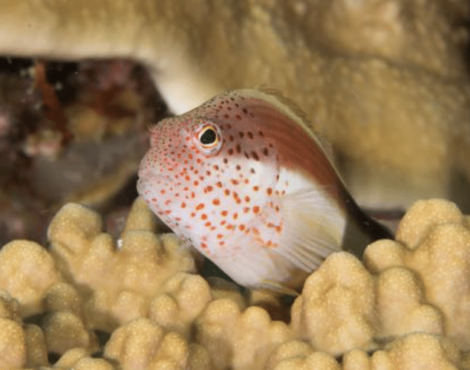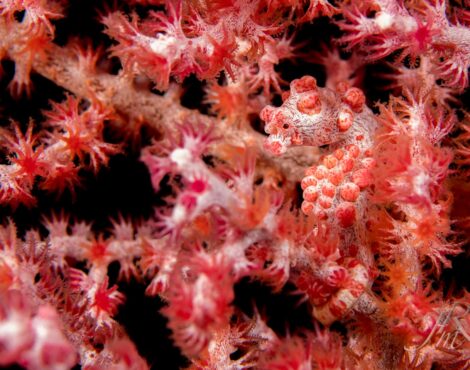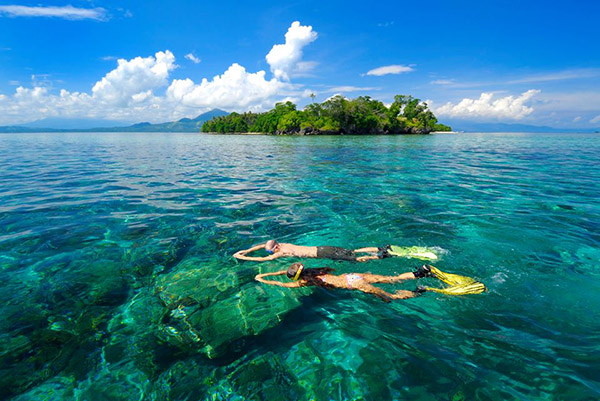
Being located just one degree north of the equator, we are more than aware of the dangers of the sun, and why it is extremely important to protect yourself any time you spend time under its powerful ultraviolet rays. With unprotected skin, it doesnât take more than a few minutes exposure before your skin will start to feel the burn, and prolonged unprotected exposure can easily ruin your entire holiday.
Whenever you take a holiday in the sun, sun protection is as essential as drinking clean water, yet so many people seem to be blasé about the subject.
Why is Sun Protection Important?
The burn that is commonly felt after prolonged sun exposure is very different to the kind of burn you would receive if you accidental spilt a cup of tea on yourself. While the latter may be more painful, the former can lead to serious complications later in life.
A sun burn is actually a form of radiation burn that results from overexposure to ultraviolet radiation. Although there are other sources of UV radiation, by far the biggest source to effect us is the sun. Exposure will cause redness of the skin, swelling, pain, fatigue and in some instances, dizziness.
The burn is actually your bodies response to DNA damage caused by radiation. Once the skin cellsâ DNA is too damaged by UV radiation, type I cell-death occurs, and your body will dispose of the destroyed skin and replace it. This is the time where you start peeling after a bad sunburn, and your new layer of skin will normally be darker as a protective measure against your next dose of radiation.
Unfortunately, each time this happens, you are permanently damaging your skin cells, and excessive ultraviolet radiation seriously increases your risk of developing melanoma or other types of skin cancer.
What is the Best Sun Protection?Â
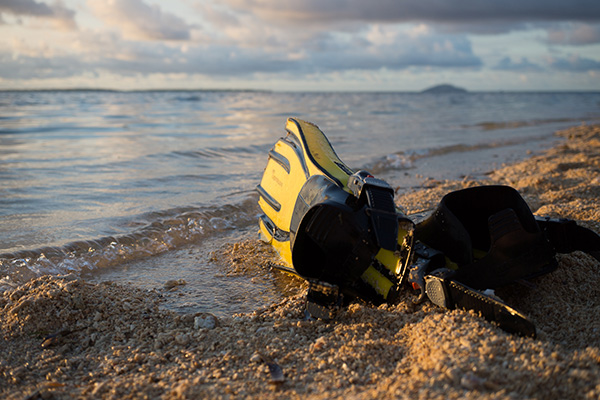
The best way to avoid receiving a harmful dose of UV radiation is to simply stay out of the sun. Our dive boats all have a large shaded area which is more than large enough to cover everybody on board. If you do go into the sun (even with protection), you shouldnât stay there for too long, and take regular breaks in the shade. Obviously we understand that most people come to places such as Indonesia primarily to spend some time in the sun, rather than avoid it completely.
For those who spend a lot of time at the waters surface, such as snorkellers, sun screen is not enough, and you should cover up with clothes to help protect your skin. Long sleeved rash guards, hats and tight fitting leggings should be sufficient, but remember, the sun will be reflected off the surface so remember to protect your face, even though it will spend a lot of time looking down. If you donât have any of these items, a full length will do the same job, and we have a wide variety of styles and sizes in the dive centre.
For people who will be either spending only short bursts in the sun, or those who like to lay down and fully bask in its rays, we highly recommend sunscreen. This (normally) white cream contains various chemicals that block ultraviolet rays from reaching your sensitive skin. You simply lather up, wait a few minutes for your skin to absorb it, and you should be protected for a while. Sunscreen is especially important for those more vulnerable to the sun, such as those with very pale skin, the elderly, and children.
What Sunscreen Should I Use?
With so many different products out there, it can be difficult to know what to get. You can get creamy lotions, alcohol based gels, sprays, and even thick paste. Each one works differently and you should understand what each is for and how to use it.
The thing you need to look at is the SPF. This number is a measurement of how effective the sunscreen is at blocking the sun. For instance, a sunscreen with SPF 15 will block roughly 93% of UV rays, while SPF 30 will block up to 97%. The higher you go, the more UV radiation gets blocked.
The lotions are the most common, as they are easy to spread and relatively long lasting. Some alcohol based ones can last for a whole day, but you need to wait up to an hour after applying before heading into the sun. The paste ones are designed for the face, ears and neck, and cannot be rubbed into your skin. These are the white markings you may have seen cricket players having on their face, and they are extremely good at protecting your skin.
What Sunscreen Should I Not Use?Â
Now that we have covered the importance of using sunscreen, now we will get to the core of this article, what sunscreen you should not use.
For a long time now, the main protective ingredient of sunscreen is a chemical called Oxybenzone, or B-3. It is also found in many plastics, as well as a number of hair sprays and nail polish to limit UV degradation.
In 2008, a European study was conducted that suggested that Oxybenzone promoted viral infections in corals, which in turn can cause coral bleaching. In 2015, an investigation found the Oxybenzone was actually toxic to Zooxanthellae â an algae that lives symbiotically with coral polyps and gives the coral its colour. As the chemical kills the zooxanthellae, the corals turns white and cannot get get enough energy, and eventually die.
Coral death has an enormous knock on effect to the rest of the marine environment. Algae can take over the reef, preventing any further coral growth. A lack of coral will result in a lack of reef animals, who need the corals for feeding and protection. This is turn will reduce the population of larger, pelagic species, who feed on the reef fish. It doesnât take long for a bleached coral reef to turn into an algae cemented graveyard with almost no biodiversity.
These effects have been worst in developed countries with coral reef ecosystems, as sun screen use is far more prevalent in these countries than it is in developing countries. The Great Barrier Reef in Australia has seen enormous areas bleached or wiped out, and the U.S. State of Hawaii has seen such bad effects of Oxybenzone use, that effective January 2021, Oxybenzone based sunscreens will be banned without a prescription. Many Caribbean nations are also feeling the effects as each year, hundreds of thousands of wealthy tourists descend upon the palm fringed beaches in places like the Bahamas, Turks and Caicos, Grand Cayman, and Mexico.
It is estimated that up to 14,000 tonnes of sunscreen, most of it Oxybenzone based, makes it way into the worlds oceans each year.Â
What Sun Protection is Reef Safe?

Since the link between coral bleaching and Oxybenzone was made, a number of manufacturers have been working hard to create their own reef friendly sunscreen, which use different chemicals to help block the sunâs harmful UV rays.Â
It is also important to note that while Oxybezone is the main culprit with reef damaging sunscreens, it is not the only harmful chemical in them. Others include butylparaben, triclosan, octocrylene, and octinoxate. There are a number of very reputable eco-friendly sunscreens out there on the market, so donât worry about having to learn all these odd scientific sounding words. A reef friendly sunscreen wont contain anything harmful.
Here is a list of well rated, reef friendly sunscreens that you should pick up before visiting Bunaken Marine Park.
Donât worry if you cannot find them in your area. Recently, we celebrated the arrival of our own reef friendly sunscreen, which is available at our boutique.
The Take Home Message.Â
Unfortunately, our planet is taking punishment from every angle, and the oceans are feeling the full force of it. Even simple things like sun protection can, and are, having enormous environmental effects throughout the world. By working together and making simple changes, like choosing a reef friendly sunscreen, or refusing a plastic straw at a bar, we can make a real difference.
Luckily, Bunaken Marine Park, and the rest of North Sulawesi has seen very little coral bleaching, but as tourism continues to increase and more money is pumped into the area, we could easily begin seeing the negative effects of toxic sunscreens on our reefs. But, if start now, and keep on pushing and gaining momentum, we might just avert an environmental disaster from ever taking place.


